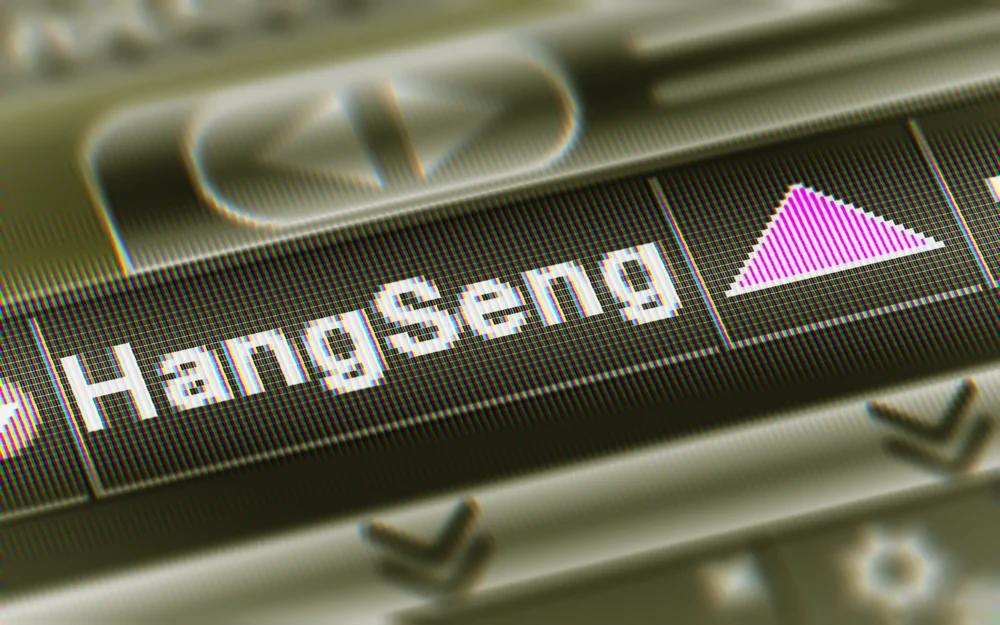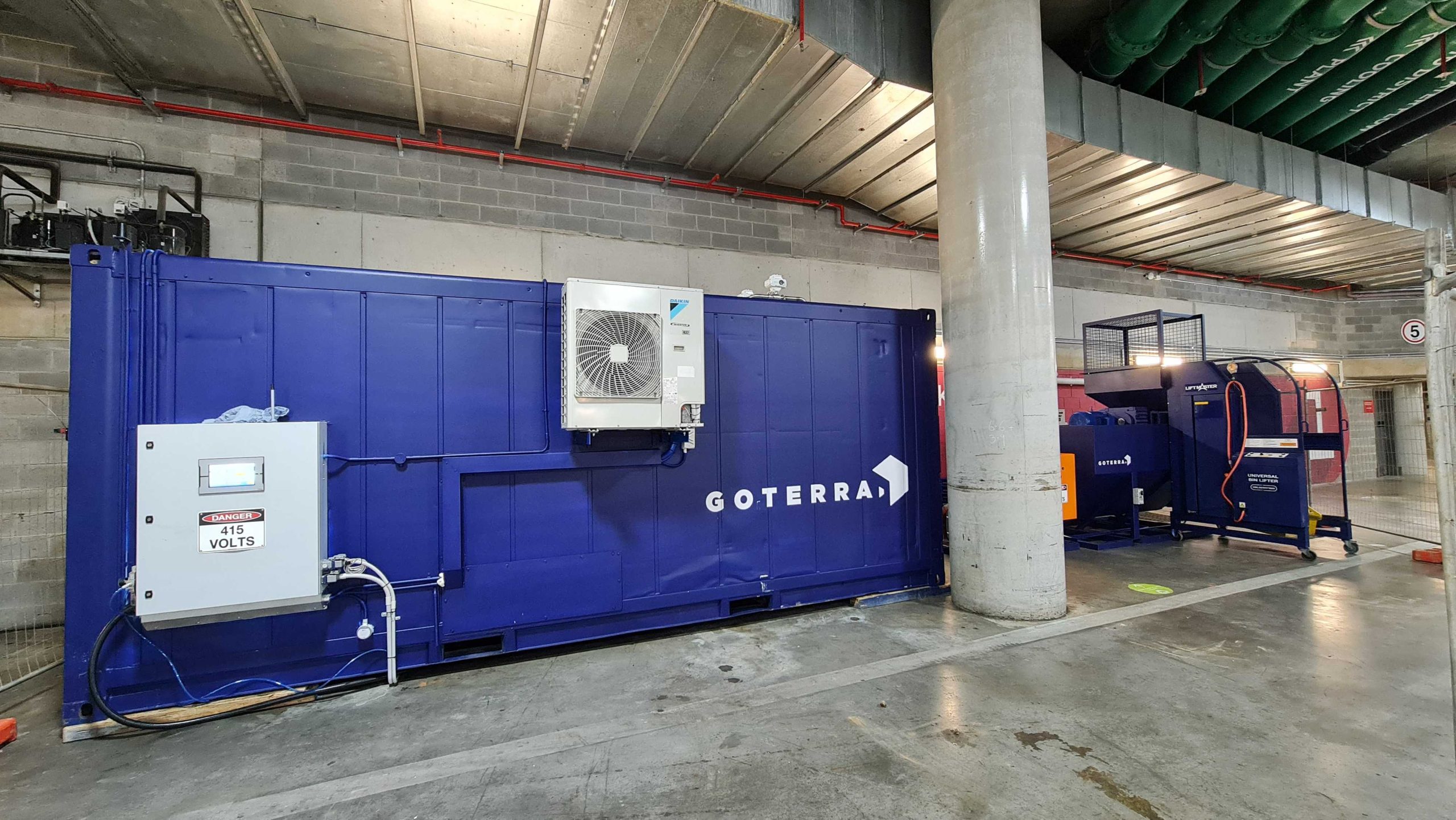"Be fearful when others are greedy and greedy when others are fearful."
"Buy when there's blood in the streets."
At Carrara, our experience has taught us that contrarian investing in businesses we know well can deliver outsized returns over the long-term. Chinese equities likely now fall into this ‘contrarian’ category with the Hang Seng Index (Chinese shares listed in Hong Kong) falling 42% from its peak in early 2021, while most other global equity markets have rallied strongly, closing in on multi-year highs.
This performance coupled with a constant stream of negative news concerning China’s property market, local government funding issues, an anaemic post-Covid 19 economic recovery, the threat of war with Taiwan, and US sanctions targeting China’s access to cutting-edge semiconductors and other high-tech, this has seen many investors question whether “China is un-investable”. As a result, we have seen significant outflows from Chinese/Hong Kong equity markets and share prices fall sharply, especially in the technology sector.
The purpose of this note is to examine whether the current ‘fear’ or ‘blood in the streets’ for Chinese equities is warranted or whether it presents an attractive buying opportunity. We will step back from the political rhetoric and negative news flow and focus on the financial data underpinning China’s 5 leading technology companies against their US peers. Specifically, we will look at balance sheet strength, market footprint, and valuation metrics (using enterprise value) across 4 specific themes:
- China’s Top 4 technology leaders (Alibaba, Tencent, Meituan and JD.Com) versus their US peers (Amazon, Google, Microsoft and Apple),
- China’s online retail and logistics platforms Alibaba and JD.Com versus Amazon,
- China’s food and service platform Meituan versus Uber and DoorDash,
- China’s leading EV maker BYD versus Tesla.
Underappreciated Balance Sheet Strength
The first thing that jumps out is the balance sheet strength of Chinese technology companies. The blue line in chart below shows that 42% of their combined current market capitalisation of US$745 billion is made up of cash (15%) and investments (27%). According to analyst forecasts in Bloomberg, this is expected to grow to 58% of their market capitalisation by 2025, split between cash (28%) and investments (30%).
By comparison, the big 4 US technology companies only have 2.3% of their current combined market capitalisation of US$8.2 trillion in equivalent securities. This is shown in the purple line of the chart below and is forecast by bank analysts to grow to 7% in 2025.
China Tech's Balance Sheet Strength
Data Source: Bloomberg
The enormous different in balance sheet strength between China and the US can be attributed to two key factors:
- US tech giants have conducted US$604 billion of share buybacks since 2020, compared with just US$28 billion for Chinese technology companies, and
- The market cap of the Chinese technology stocks is drastically undervalued relative to their cash and securities holdings.
70-80% valuation discount based on EV/EBITDA
Turning to stock valuation in the chart below; if we consider enterprise value (EV) – which is the valuation of each operating business after removing its net cash and investment holdings from its share market capitalisation – and compare it to their respective forecast Free-cash-flow (FCF), Net profit and EBITDA, China technology stocks are trading at a 70-80% discount to their US Peers. In other words, investors are willing to pay 4 times the valuation for large cap US tech stocks relative to their Chinese peers.
Chinese technology trades at a 70% discount to US peers
Data Source: Bloomberg
Internet retail platforms, cloud and logistics
Alibaba and JD.COM versus Amazon: all have dominant online retailing platforms, logistics warehouses, and delivery capabilities across product lines ranging from food, consumer goods and technology. In addition, Alibaba and Amazon also have cloud data storage platforms.
The chart below on the left illustrates the annual (blue) and monthly (grey) active user bases for each company. The 1.3 billion customer base of Alibaba dwarfs Amazon’s 300 million base, with 330% more active annual and 377% more active monthly users. JD.COM, is also much larger than Amazon, with 90% more active annual and 130% more active monthly users. As disposable incomes grow in China, ticket size per customer should also increase, allowing each platform to accelerate revenue growth over the next 5-10 years.
China’s customer user base vs Amazon
Data Source: Bloomberg
Underappreciated Balance Sheet Strength
Data Source: Bloomberg
The long-term investment fundamentals of Alibaba and JD.COM are well supported by the strength of their respecting balance sheets (as seen in the chart above on the right.) As a share of market capitalisation, both have 63% and 73% respectively in cash and investments today, which is forecast to grow to 93% and 101% by (FY25) versus just 5.4% for Amazon. While providing a high degree of safety for investors, it provides Chinese internet platforms with enormous flexibility to make business acquisitions and/or accelerate share buybacks. Alibaba, for example, repurchased US$15 billion of its own shares (5% of current market cap) during the past 12 months and has board approval to repurchase another 25% of its shares (10% at current price) by March 2025.
JD.COM also has the balance sheet capacity to accelerate its share buyback plans. With an EV of US$6.5 billion forecast in 2024, the company delivered US$6.5 billion of FCF in Q2 2023 alone (1x 2024 EV/FCF), compared to Amazon’s US$5 billion of Q2 2023 FCF generation on an EV of US$1.4 trillion (~27x 2024 EV/FCF).
Discounted Valuations
We can see in the charts below the extreme undervaluation of Alibaba and JD.COM versus Amazon when comparing their Enterprise value versus Net Profit and EBITDA, as well as PE ratio and Price to Book value. These discounts range from 75-100% for the period covering 2023 to 2025, with Alibaba trading at a P/E of 9.7x and Amazon trading at a P/E of 41x in 2023 alone as an example. Alibaba and JD.COM are forecast to trade on 1.3x and –0.1x EV / net profit respectively in 2025 versus 24x for Amazon.
Alibaba’s 50-90% discount to Amazon
Data Source: Bloomberg
JD.COM’s 70-90% discount to Amazon
Data Source: Bloomberg
In the case of Alibaba, it is also worth noting plans announced in March 2023 to IPO at least 3 of its 6 operating units over the next 12-18 months. These include its AI/Cloud operations, domestic Chinese retail platform (Freshippo) and its global logistics platform (Cainiao). This should release substantial shareholder value and provide additional funds for Alibaba to accelerate growth through further investment into each of these divisions. Tencent, Meituan and JD.COM may follow Alibaba’s lead if it is successful and divest some of their own operating divisions to realise shareholder value in 2024.
BYD – 60% larger car production than Tesla in 2023
China’s leading EV maker is Shenzhen-based BYD, which listed in the HK stock market in 2002 and was the world’s largest mobile phone battery maker prior to it entering the EV race and launching its first domestic Chinese EV in 2008. BYD is forecast to produce almost 3.2 million EV’s in 2023, accounting for over 20% of all EV’s produced globally. Shown in the left chart below, BYD’s vehicle sales will exceed its closest rival Tesla (1.8m EV’s) by ~60% in 2023 and it should easily surpass 4 million in EV production during 2025.
BYD EV Volumes outselling Tesla since 2022
Data Source: Bloomberg
Average selling price / yr ($’000)
Data Source: Bloomberg
The right chart above illustrates the difference in average selling price (ASP) when comparing Tesla against BYD. Tesla’s ASP is expected to average US$42,800 across its fleet in 2023, while BYD’s ASP is forecast to reach US$24,100. This can primarily be explained by the lower income levels in China, which is BYD’s main market. BYD sold 97% of its total vehicles in China in 2022 compared with Tesla, which sold 22% of its vehicles in China the same year. Rising wealth is expected to drive sales of higher priced models in Chin and internationally, which should see Tesla’s price premium per vehicle decline from US$27,000 in 2023 to $17,000 by 2025. BYD is investing heavily in technology to further close the gap with Tesla, with its R&D expenditure / sales of 6.2% vs 4.2% at Tesla.
In terms of valuation, despite trading at a premium to Tesla’s EV / Net Profit in 2021 and 2022, BYD’s valuations have plummeted over the past 12 months (below, left.) This is despite outperforming Tesla on sales volume and annual growth metrics (above, left.) BYD’s currently trades on a 60-80% discount on an EV/FCF, EV/EBITDA and EV/Net Profit basis, despite expectations it will produce over 20% of all global EV’s in 2023 and is expected to reduce the sales price per vehicle differential with Tesla by almost US$10,000 in the next 2 years.
BYD remains highly undervalued vs Tesla
Data Source: Bloomberg
Meituan Delivers
Finally, we consider the food and parcel delivery services of China’s delivery giant Meituan, which has captured 69% of China’s 2023 food delivery services, far surpassing that of its global peers Uber and DoorDash. In terms of operating data, China Meituan is expected to reach 31.5 billion deliveries in 2025, as shown in the left chart below, an increase of 43% from analysts FY 23 forecast of 22 billion deliveries. By comparison, Uber is expected to grow from 9.3 billion to 12.5 billion and DoorDash from 2.1 billion to 2.7 billion over the same 2 year period to 2025.
Meituan deliveries to hit 31B in 2025
Data Source: Bloomberg
Meituan customer base 4.5x > Uber
Data Source: Bloomberg
Meituan’s customer base is substantially larger with 720 million annual users in 2023, dwarfing Uber’s 142 million and DoorDash’s 38 million current customer base. This is shown in the right chart above.
One more important metric is annual customer usage of each delivery platform, shown in the chart below. Uber is the most used platform, with its average customer expected to use their delivery services 65 times during 2023. This is expected to rise to 73x in 2025. By comparison, DoorDash customers are expected to use their delivery platform 55x per year in 2023, with only a slight increase to 58x in 2025. By comparison, Meituan customers are expected to use their platform 32x in 2023, however usage is forecast to grow at 16% per year to 2025, compared with just 6% at Uber and 3% at DoorDash. This illustrates impact rising demand for delivery services as Meituan’s expansion into Tier 3 to Tier 5 cities across China begins to impact their economics. Rising disposable incomes in China should also see average ticket spend accelerate over the next 5 years.
Meituan Usage growing at 2x Uber
Data Source: Bloomberg
On a valuation basis, Meituan trade at a 30-40% discount to Uber and Door Dash by 2025 across the metrics discussed throughout this report. This is despite Meituan’s profitability accelerating from 2022 as its operations reach sufficient scale across smaller cities and prior investment into new business segments approach profitability over the next 2 years.
Recent results have been beats
During August, the 4 Chinese technology leaders discussed in this report all produced strong earnings results for their most recent quarter. Adjusted Year-on-Year net profit growth for Alibaba, JD.COM, BYD and Meituan were 51%, 52%, 220% and 272% respectively. This was despite the negative rhetoric and the expectation for economic growth in China to fall below 5% per annum in 2023.
Whilst delivering better-than-expected results, each stock sold off following their announcements, demonstrating the negative sentiment and heavy foreign selling of Chinese shares in August. The outlooks and commentary presented by all 4 companies highlighted strong long-term demand for online services.
Conclusion
The purpose of this report was to put aside the fear and negative news driving Chinese equity valuations and focus purely on the current and forecast operating data of Chinese technology companies versus their US technology peers.
While acknowledging that China’s economic growth has slowed over the past two decades as its annual GDP has grown 10-fold from US$1.7 trillion in 2003 to US$17 trillion in 2023, and some of its largest private property developers are facing solvency challenges, this report should clearly illustrate to investors the high margin of safety from the enormous cash and investment holdings or China’s technology giants. These can be utilised to increase shareholder value through acquisitions and accelerated share buybacks.
In addition, China’s extreme undervaluation is obvious when one considers their enterprise value (EV) vs a range of operating measures (FCF, EBIDTA, Net Profit). Alibaba and JD.COM are the standouts, with forecast EV/Net Profit and EBITDA expected to fall to below 2x 2025 analyst forecasts. Investors buying Amazon today based on 2025 analyst forecasts are paying 10-20x the price of Alibaba and JD.COM’s outlook on an EV basis. While a discount is warranted given the concerning macro-economic and political issues surrounding China, Carrara believes the current 90% discount is not warranted.
In terms of EV’s Carrara thinks that both Tesla and BYD will prove to be winners and the eventual global leaders, but BYD’s greater size and rising international footprint suggest its 60-80% EV/EBITDA and EV/Net Profit discount relative to Tesla is unwarranted. BYD’s long-term growth profile is well worth understanding, particularly their global exports accelerate in line with EV adoption.
In conclusion, Carrara believes that there is “blood in the streets” in China stocks today, and that the level of “fear” in China has reached an extreme. We have dedicated a great deal of time understanding both the risks and the opportunities for Chinese equities and the four major companies discussed in this report.




